Spanning over 3.6 million square miles, the Sahara Desert presents one of the most formidable barriers on Earth – a vast, scorching landscape where temperatures regularly exceed 120°F and water is virtually non-existent. Yet twice each year, billions of birds successfully navigate this hostile terrain during their seasonal migrations between Europe and sub-Saharan Africa. This remarkable journey spans up to 2,500 miles across an environment that would kill a human in days without water. How do these fragile creatures, some weighing mere ounces, accomplish this extraordinary feat? The strategies birds employ to cross the world’s largest hot desert represent some of the most impressive adaptations in the animal kingdom, challenging our understanding of avian physiology and navigation. Their journey across this waterless expanse reveals nature’s ingenious solutions to seemingly impossible challenges.
The Scale of Avian Sahara Crossings
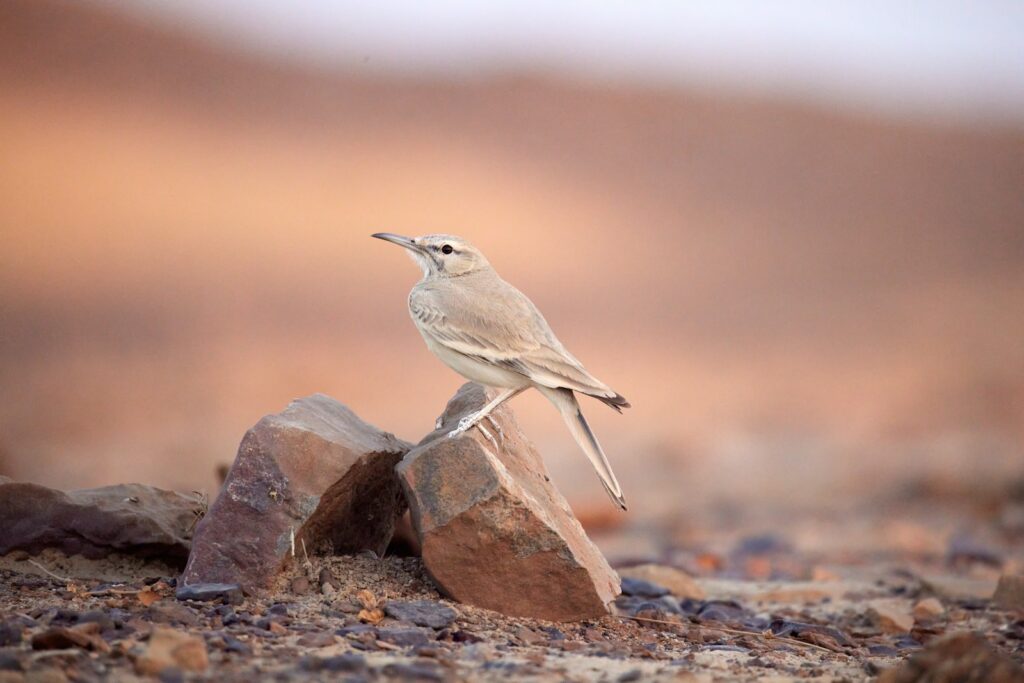
The magnitude of bird migration across the Sahara Desert is staggering, with an estimated 2.1 billion birds making this journey annually. Species as diverse as the European turtle dove, white stork, barn swallow, and tiny willow warbler all undertake this perilous crossing during spring and autumn migrations. The journey represents approximately 20% of all Palearctic-African migratory birds, crossing a desert that has grown 10% larger over the past century due to climate change. For perspective, the tiny willow warbler, weighing just 10 grams (less than four pennies), can travel up to 8,000 miles on its complete migration route, with the Sahara representing one of the most challenging segments. These birds navigate this inhospitable terrain without maps, compasses, or the ability to carry water supplies, relying instead on evolutionary adaptations developed over thousands of years.
Physiological Water Conservation
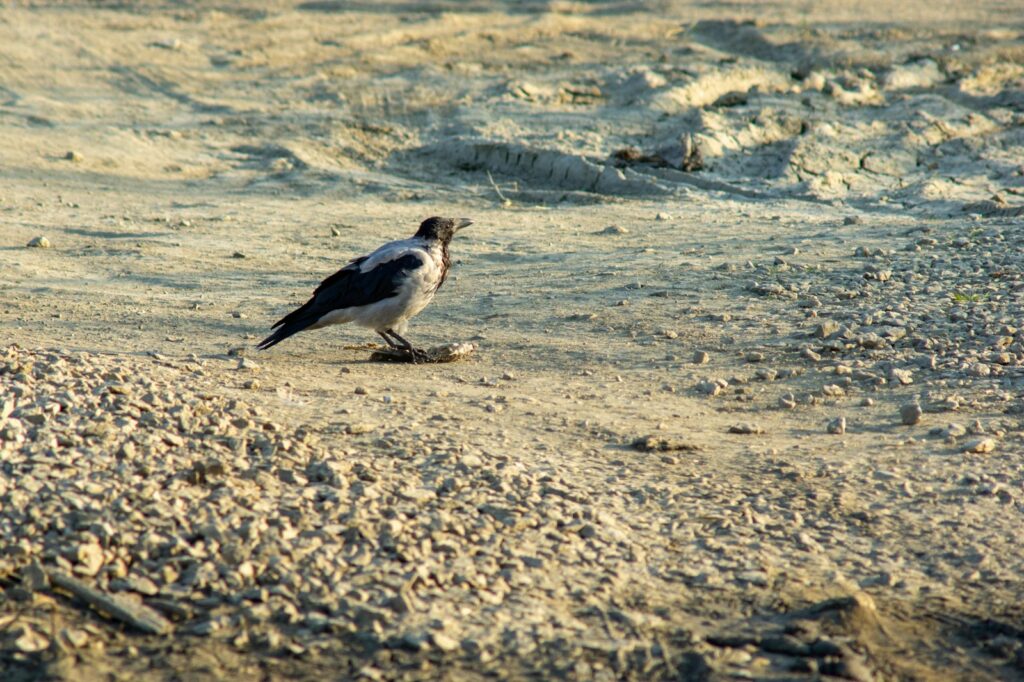
Birds have evolved remarkable physiological adaptations that allow them to conserve water with extraordinary efficiency. Unlike mammals, birds don’t sweat, which immediately eliminates a major source of water loss in hot environments. Their respiratory system is significantly more efficient than mammals, allowing them to extract more oxygen while losing less moisture through respiration. Additionally, birds possess specialized kidneys capable of producing highly concentrated urine, minimizing water loss during waste elimination. Their excretory system further conserves water by converting nitrogenous wastes into uric acid, which requires minimal water for elimination and is excreted as the white paste visible in bird droppings. This combination of adaptations allows migrating birds to retain virtually every drop of water in their bodies, essential for surviving the waterless Sahara crossing.
Metabolic Water Production
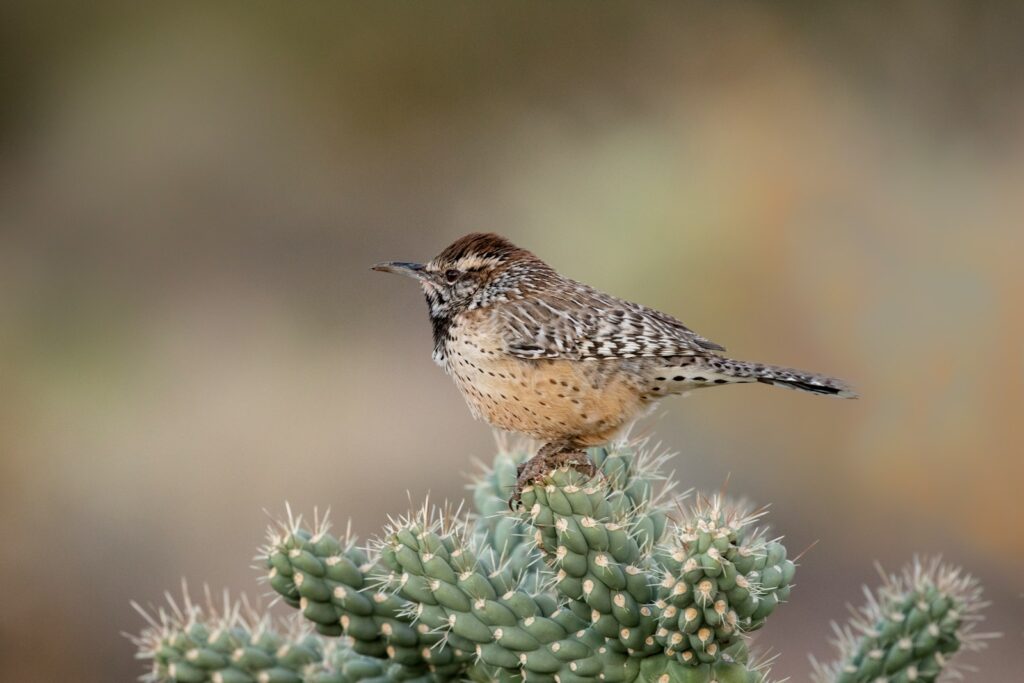
Perhaps the most fascinating aspect of avian water management during Sahara crossings is their ability to produce water metabolically. When birds burn fat reserves during flight, the chemical process generates water as a byproduct – approximately 1 gram of water is produced for every gram of fat metabolized. This “metabolic water” becomes a crucial internal water source during desert crossings. Before migration, many species enter a state called hyperphagia, eating voraciously to build fat reserves of up to 50% of their body weight. A study of garden warblers showed that these birds can increase their weight by 100% before migration, with most of this gain being fat specifically stored for long-distance flight. This metabolic water production essentially turns these birds into self-contained water generation systems, allowing them to create their own water supplies while in flight over the desert.
Nocturnal Migration Strategies
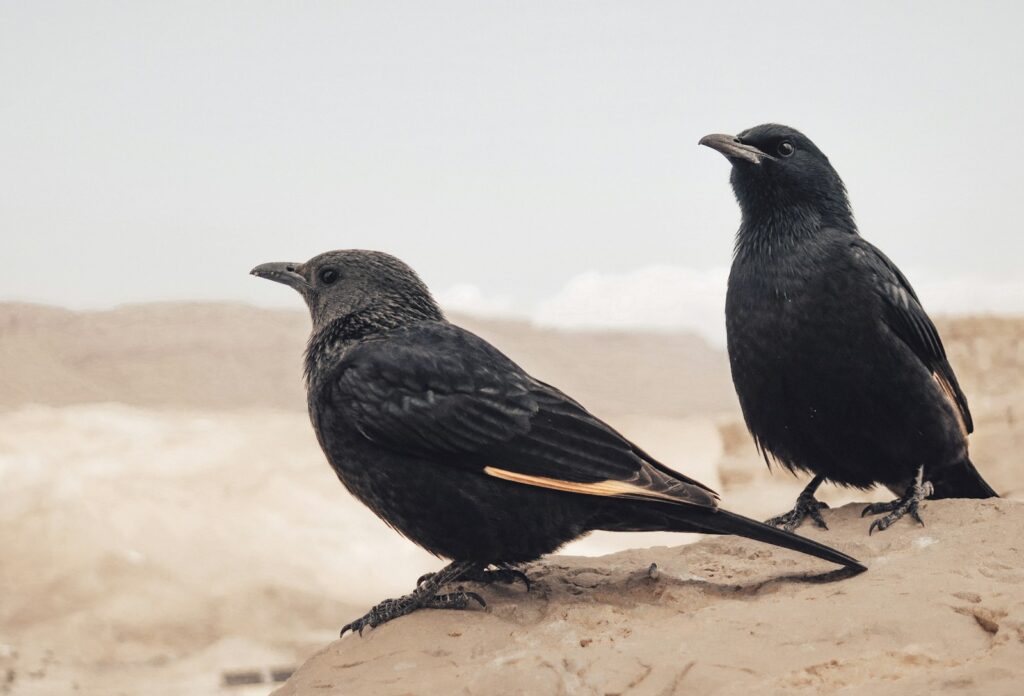
Many smaller songbirds employ a strategic approach to Sahara crossing by migrating exclusively at night. This nocturnal migration pattern offers several critical advantages for water conservation. Nighttime temperatures in the Sahara can drop by 20-30°F compared to daytime highs, significantly reducing the risk of overheating and associated water loss. The cooler air is also denser, providing better flying conditions and requiring less energy expenditure. Recent tracking studies using geolocators have revealed that species like the European nightjar and wheatear maintain almost exclusively nocturnal flight patterns when crossing the desert, typically starting their journey shortly after sunset and landing before sunrise. These birds then find whatever minimal shade is available and remain inactive during the scorching daylight hours, dramatically reducing their water needs through behavioral adaptation.
High-Altitude Flying Techniques
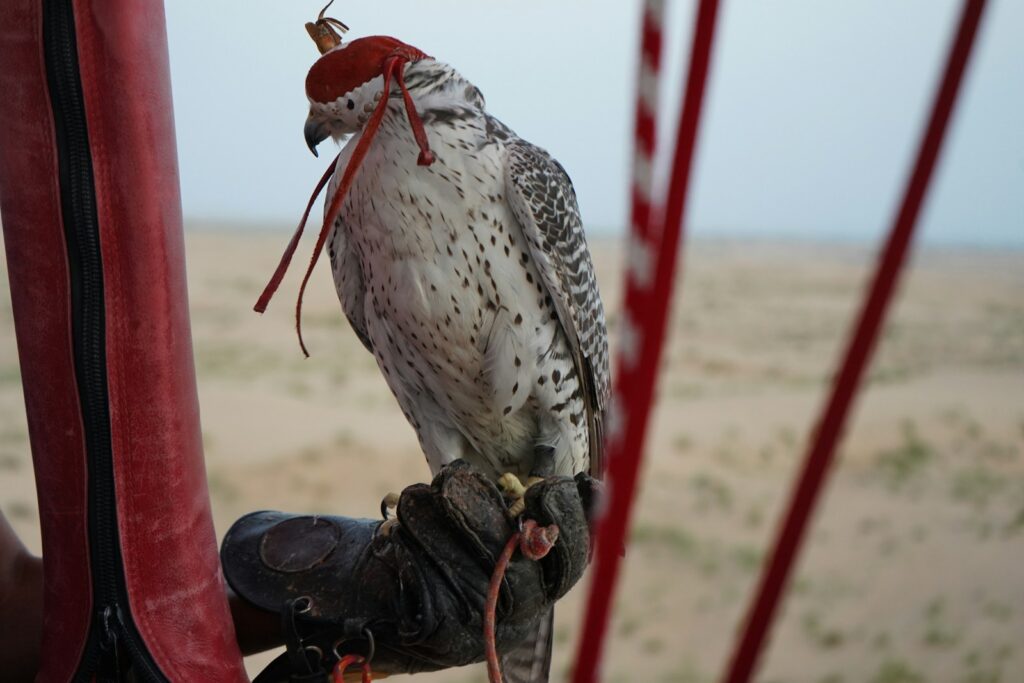
Many migratory birds cross the Sahara by flying at remarkably high altitudes, sometimes exceeding 20,000 feet above sea level. Radar studies have detected barn swallows and swifts flying at altitudes between 15,000-20,000 feet during Sahara crossings, heights that would cause altitude sickness in humans. These extreme elevations offer several water-conserving advantages despite the thinner air. Temperatures at these altitudes can be 50-60°F cooler than at ground level, dramatically reducing dehydration risk. Birds also benefit from stronger, more consistent high-altitude winds that allow for more efficient gliding and reduced energy expenditure. Research from the Max Planck Institute for Ornithology demonstrated that some species can detect atmospheric conditions from the ground and time their departures to coincide with favorable high-altitude wind patterns, further optimizing their desert-crossing efficiency.
Non-Stop vs. Staged Desert Crossings
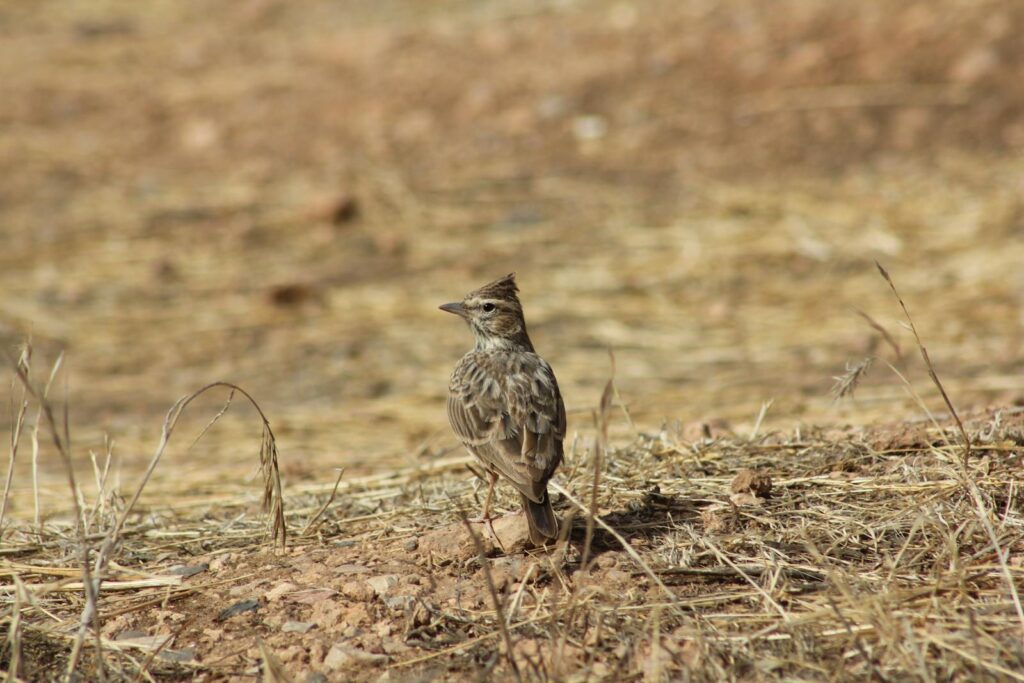
Birds employ two distinct strategies for crossing the Sahara: non-stop flights and staged journeys with brief stopovers. Larger species with greater fat storage capacity, like European bee-eaters and hoopoes, often cross the entire desert in a single continuous flight lasting 40-60 hours. This approach minimizes total exposure to desert conditions but requires extraordinary endurance. In contrast, smaller birds like warblers and flycatchers typically adopt a staged approach, flying for 6-10 hours nightly and finding whatever minimal shelter is available during daylight hours. Researchers using geolocators discovered that some wheatears make the crossing in as few as 2-3 nights, while others require up to 6 nights, depending on wind conditions and their physical condition. Both strategies represent different evolutionary solutions to the same fundamental challenge of crossing a waterless environment, with the optimal approach varying based on species-specific physiology.
Temporary Organ Shrinkage
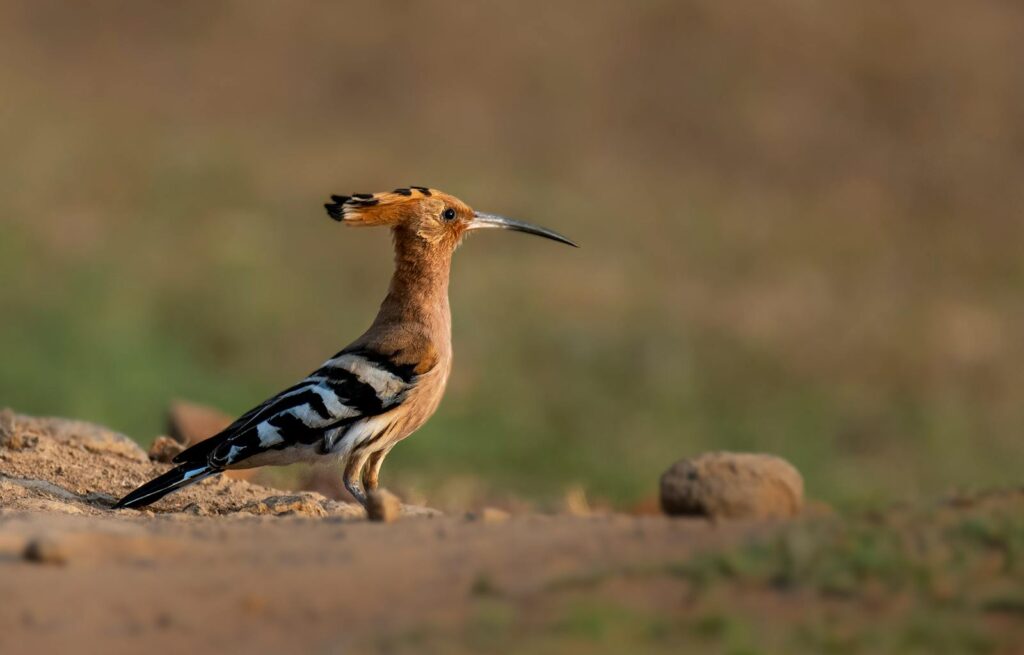
One of the most remarkable adaptations observed in migratory birds crossing the Sahara is the temporary shrinkage of non-essential organs. During migration, these birds can reduce the size of their digestive organs by up to 40%, an adaptation that serves multiple water-conserving purposes. With smaller digestive organs, birds require less water for digestive processes during periods when they aren’t feeding. This organ reduction also decreases the bird’s overall weight, reducing the energy required for flight and thereby lowering water needs. Studies of garden warblers have shown that their liver and intestines shrink significantly during migration and then rapidly regrow once they reach areas with food and water. This extraordinary physiological plasticity represents one of the most extreme adaptations for long-distance migration in the animal kingdom, allowing birds to temporarily reconfigure their bodies to meet the demands of desert crossing.
Oasis Detection Abilities
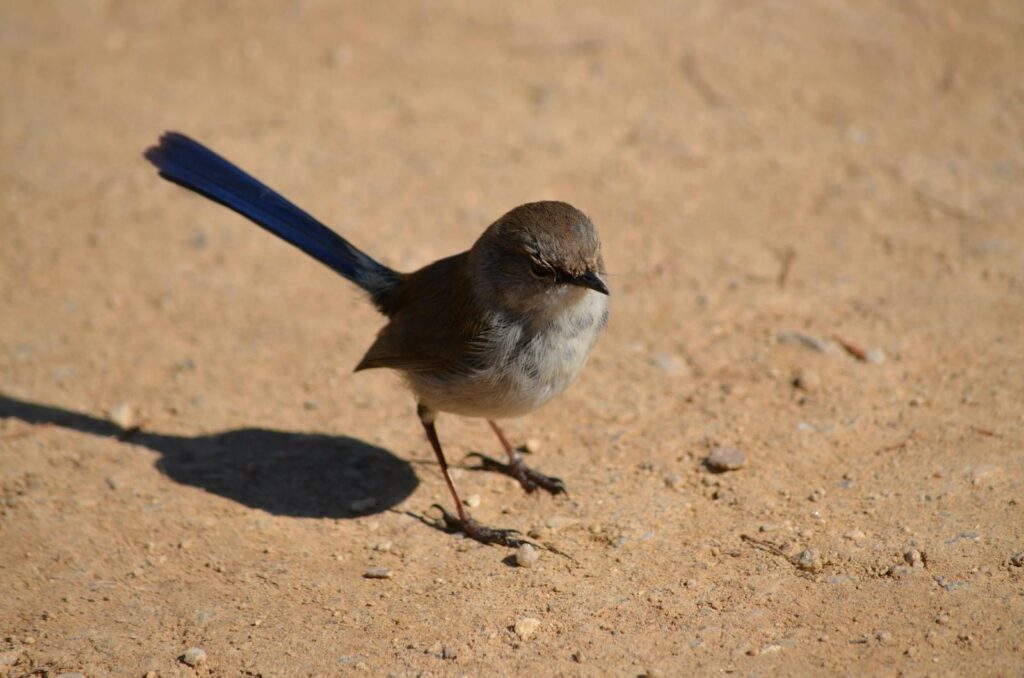
While many birds cross the Sahara without stopping for water, some species have developed remarkable abilities to detect and utilize the desert’s rare water sources. Recent research using satellite tracking has shown that certain species, particularly larger birds like storks and raptors, can detect distant oases through visual and olfactory cues. Egyptian vultures have been documented making deliberate detours of up to 20 miles to visit known water sources during their migration. Some species appear capable of detecting the subtle changes in air humidity and temperature that occur near water sources, even when these oases aren’t directly visible. This ability to find scattered water sources in an otherwise arid landscape provides a critical survival advantage during desert crossings, particularly when unexpected weather conditions deplete energy reserves faster than anticipated.
Reduced Activity and Torpor States
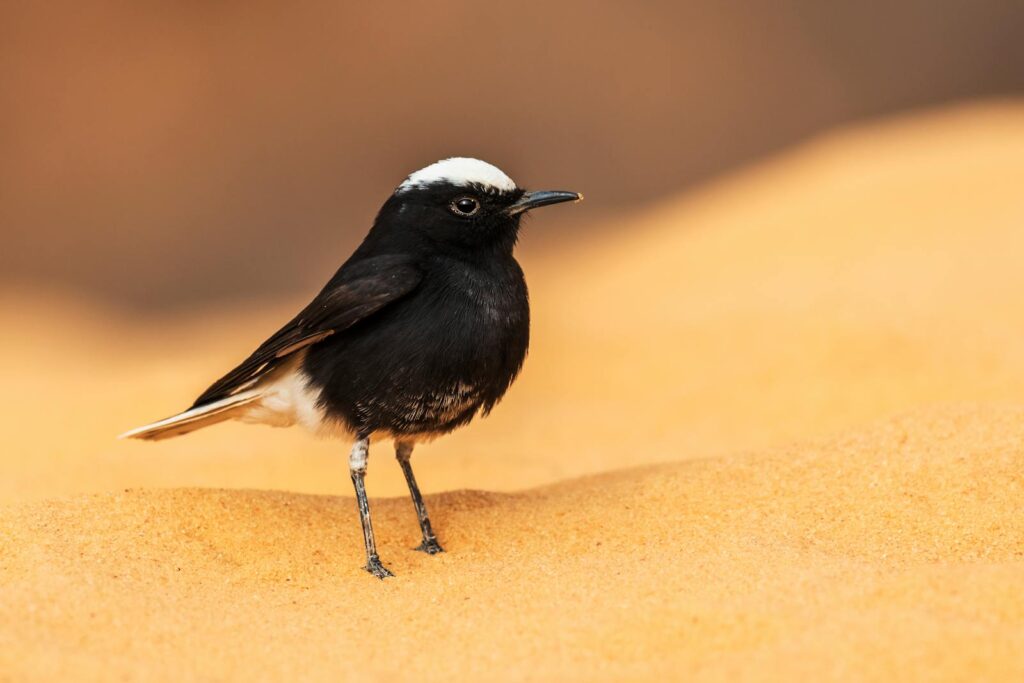
Many smaller migratory birds employ energy and water conservation techniques through dramatically reduced activity and even torpor during daylight hours in the Sahara. Torpor is a state similar to hibernation but lasting just hours instead of months, where the bird’s metabolism, body temperature, and heart rate significantly decrease. European nightjars have been documented entering a state of torpor during daytime desert stopovers, reducing their body temperature by up to 10°F and decreasing their metabolic rate by almost 40%. This reduction in physiological activity dramatically lowers water requirements during the hottest part of the day. Researchers studying wheatears during migration found they often remain completely motionless for hours in whatever minimal shade they can find, conserving precious water that would otherwise be lost through movement and increased respiration.
Navigational Precision
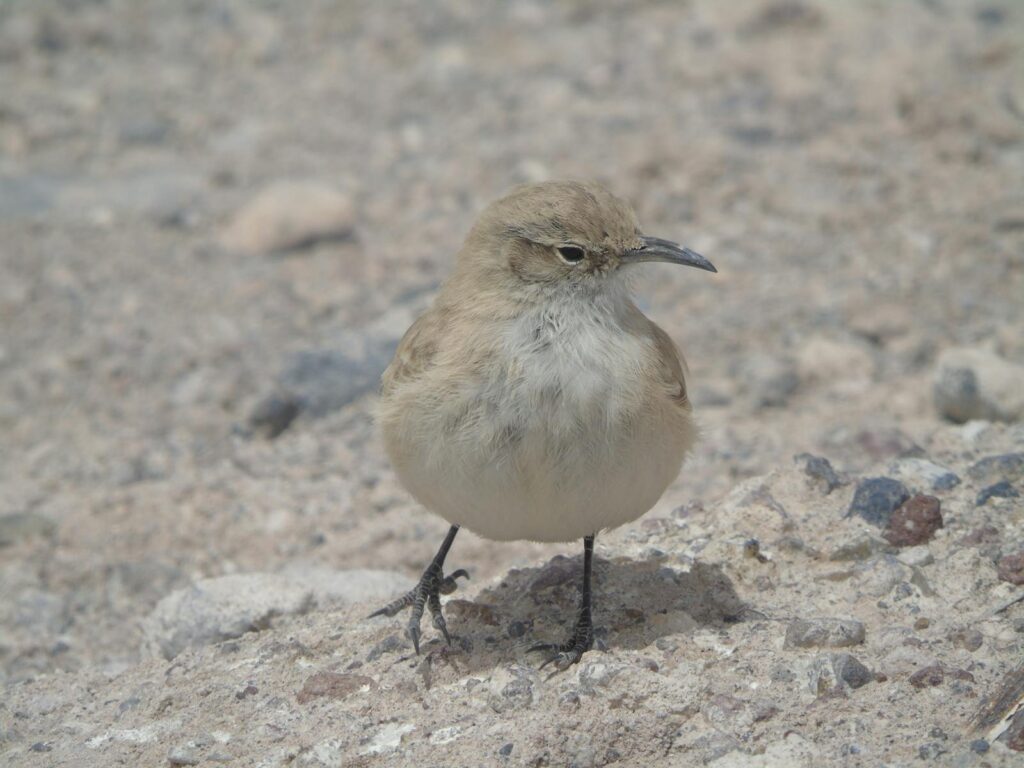
A critical aspect of successful Sahara crossing is the remarkable navigational precision birds demonstrate, allowing them to take the most efficient route across the desert. Birds employ multiple navigational systems, including using the sun and stars as compasses, detecting Earth’s magnetic field, recognizing landscape features, and even sensing infrasound (low-frequency sound waves) generated by ocean waves and mountain ranges. This multi-sensory approach enables extraordinary navigational accuracy, with some species following nearly identical routes year after year. Tracking studies of European bee-eaters showed individuals returning to within 300 feet of previous years’ crossing points, demonstrating remarkable precision. This navigational efficiency ensures birds take the shortest viable path across the desert, minimizing their time without water and increasing survival chances.
Pre-Migration Physiological Preparation
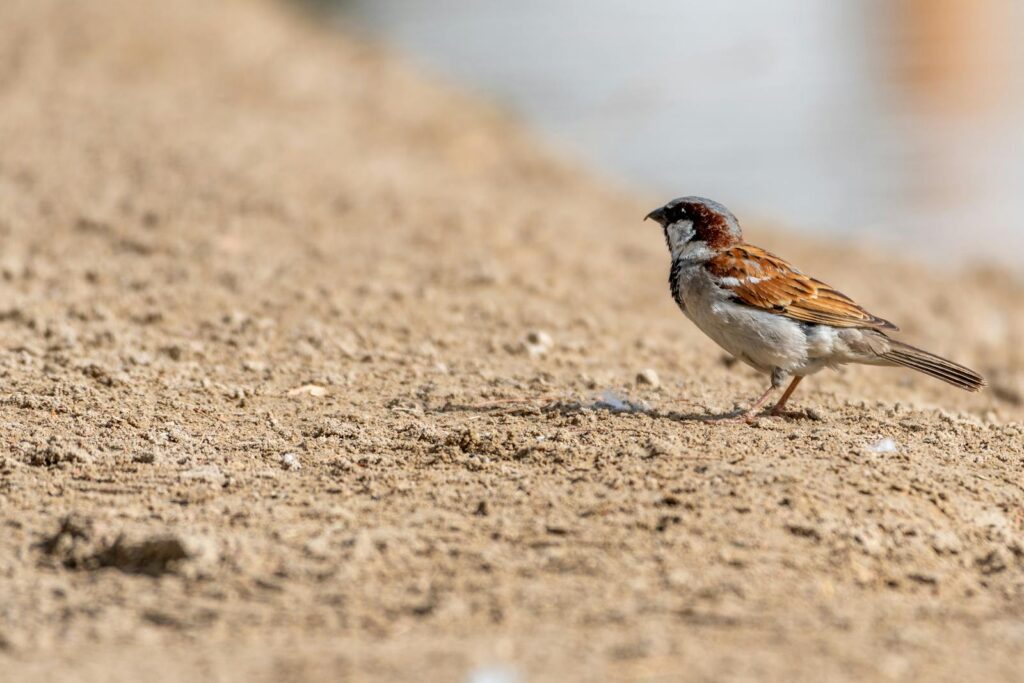
The successful Sahara crossing begins weeks before birds reach the desert, with intensive physiological preparations that transform their bodies. Beyond accumulating fat reserves, migratory birds undergo numerous internal changes that optimize them for the journey ahead. Their hearts and flight muscles increase in size and efficiency, allowing more powerful flight with less energy expenditure. Blood composition changes to improve oxygen transport, with increases in red blood cell count and hemoglobin concentration. Enzyme systems throughout the body adjust to enhance fat metabolism. Research on reed warblers has shown that these pre-migratory changes are triggered by seasonal changes in daylight hours, ensuring birds are physiologically prepared before environmental conditions necessitate migration. This comprehensive physiological transformation essentially creates a specialized “migration machine” optimized for the extraordinary challenge of crossing the Sahara without water.
Climate Change Impacts on Desert Crossing
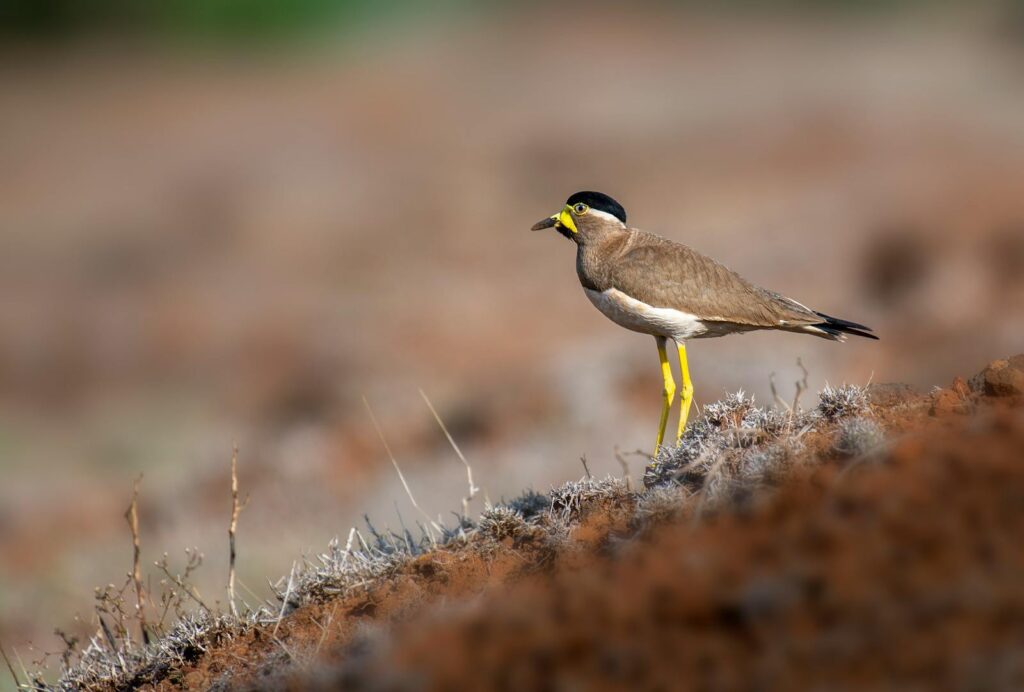
The growing challenge of the Sahara crossing for migratory birds is being further complicated by climate change, which is affecting both the desert itself and the birds that cross it. The Sahara has expanded by over 10% since 1920 due to climate change and desertification, making the crossing distance longer for migratory birds. Rising temperatures across the region increase water stress and dehydration risk during migration. Additionally, climate change is disrupting the timing of seasonal changes that birds rely on to trigger migration, potentially causing misalignment between when birds are physiologically prepared to migrate and when conditions are optimal. Research published in Proceedings of the National Academy of Sciences documented a 40% decline in migratory birds crossing the Sahara over the past three decades, with climate change identified as a significant contributing factor. These changes represent an emerging threat to one of nature’s most remarkable migration phenomena.
The Evolutionary Marvel of Desert Crossing
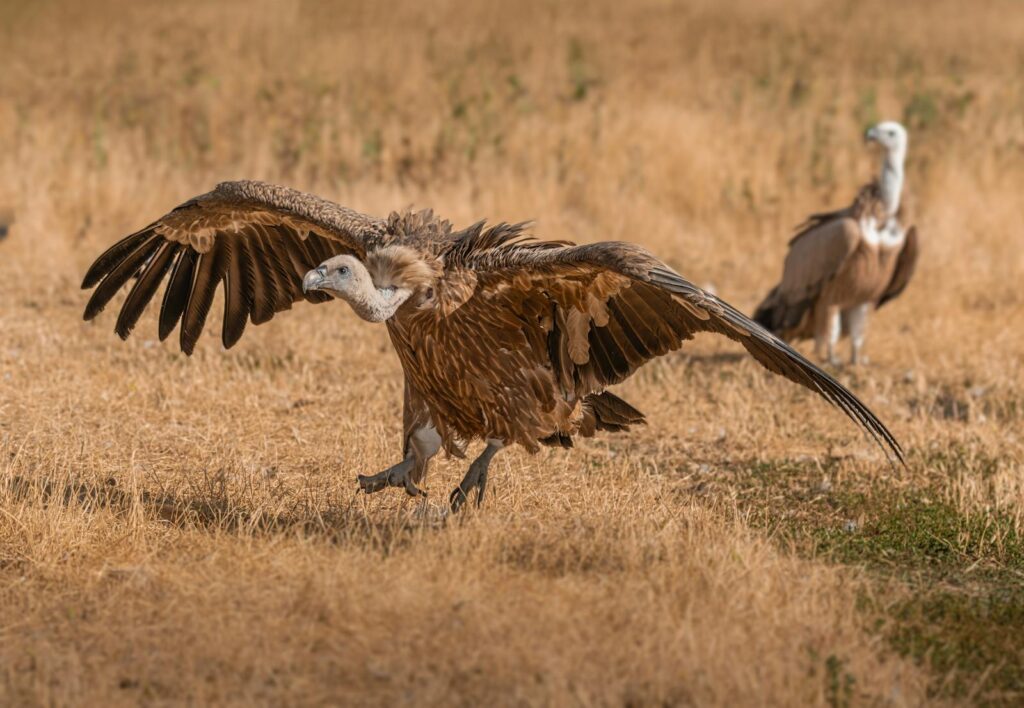
The ability of birds to cross the Sahara without water represents one of evolution’s most impressive achievements, developed over thousands of generations through natural selection. Each adaptation described above didn’t appear suddenly but evolved incrementally as birds that possessed slight advantages in water conservation or navigation passed these traits to their offspring. Genetic studies of migratory birds have identified specific genes associated with enhanced fat metabolism, improved navigation, and superior water conservation that are much less prevalent in non-migratory species. The paleontological record suggests that the current pattern of trans-Saharan migration developed gradually over the past 10,000 years as the once-green Sahara transformed into a desert. This evolutionary perspective highlights how birds’ desert-crossing abilities represent the culmination of countless subtle improvements over thousands of years, resulting in one of the most water-efficient vertebrate designs on Earth.
Conclusion
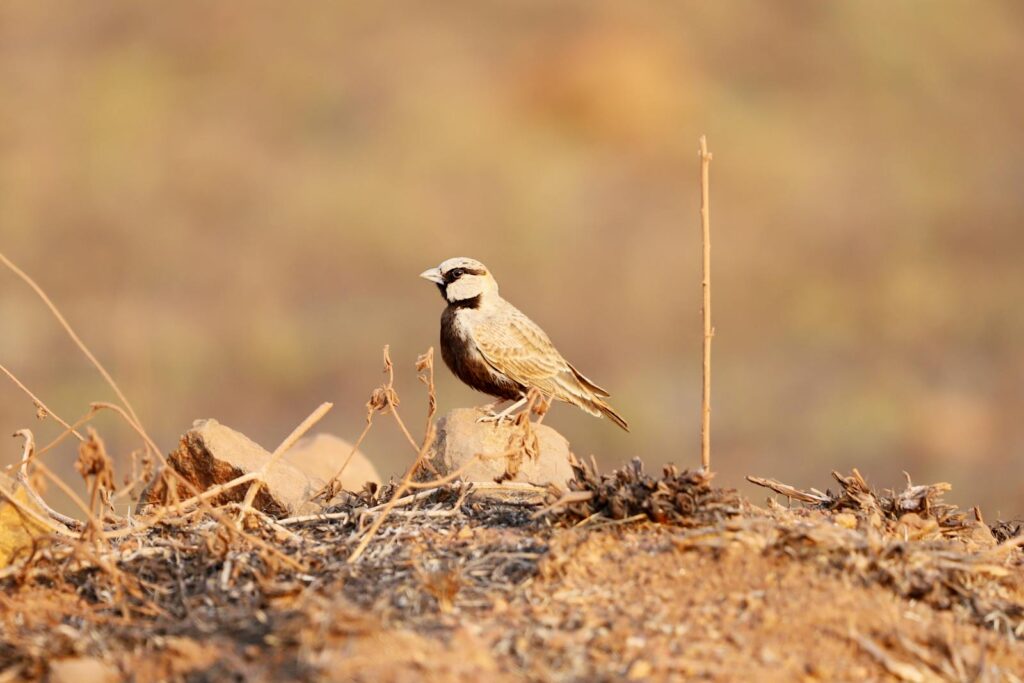
The journey of migratory birds across the Sahara Desert without water stands as one of nature’s most extraordinary achievements. Through a remarkable combination of physiological adaptations, behavioral strategies, and navigational abilities, these birds accomplish what seems impossible – crossing one of Earth’s most hostile environments without drinking. From their ability to produce water metabolically and shrink non-essential organs to their strategic use of high-altitude winds and nocturnal travel, birds have evolved multiple solutions to the challenge of desert crossing. Yet this incredible natural phenomenon faces growing threats from climate change and habitat loss. Understanding the mechanisms behind these remarkable migrations not only enlightens us about avian biology but also highlights the incredible adaptability of life on Earth. As we continue to study these winged desert travelers, we gain deeper insight into how nature solves seemingly impossible challenges through the elegant process of evolution.
